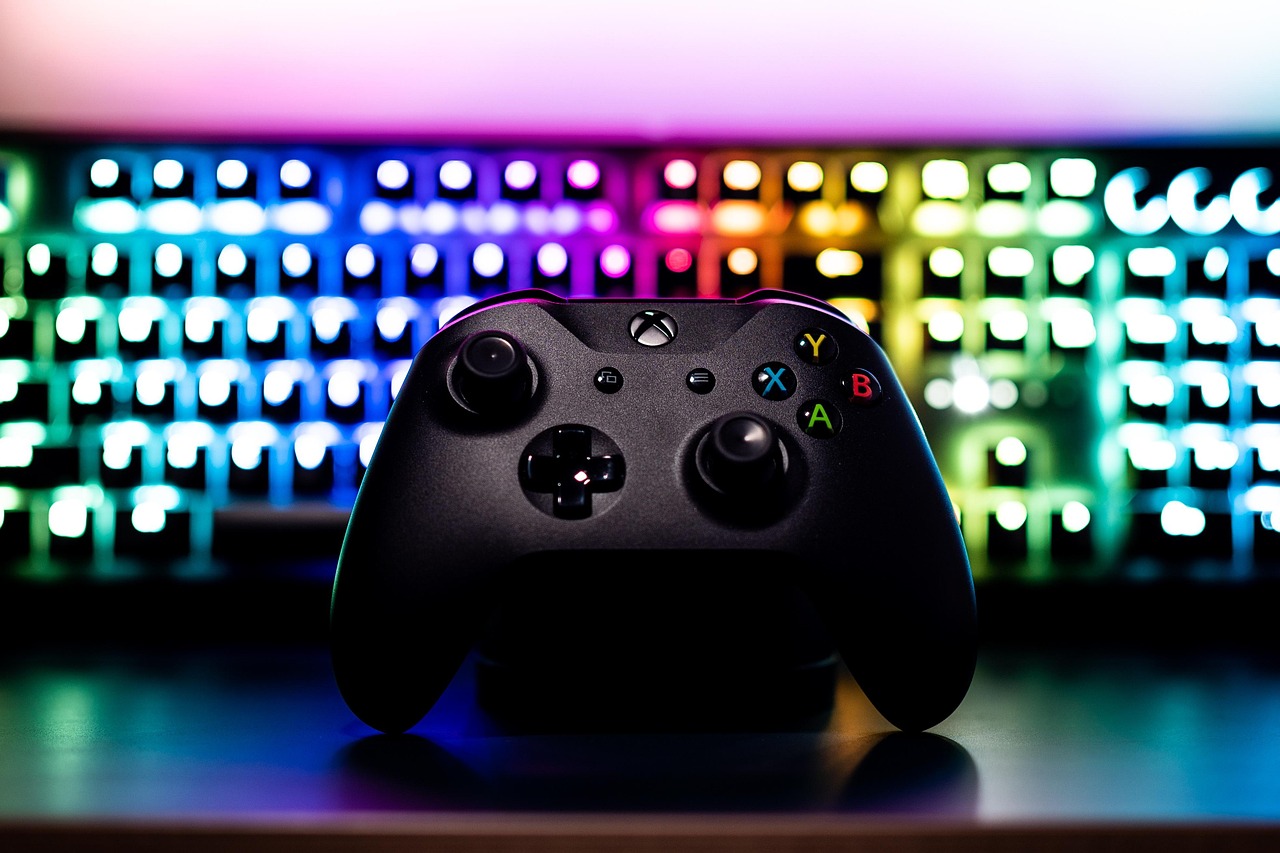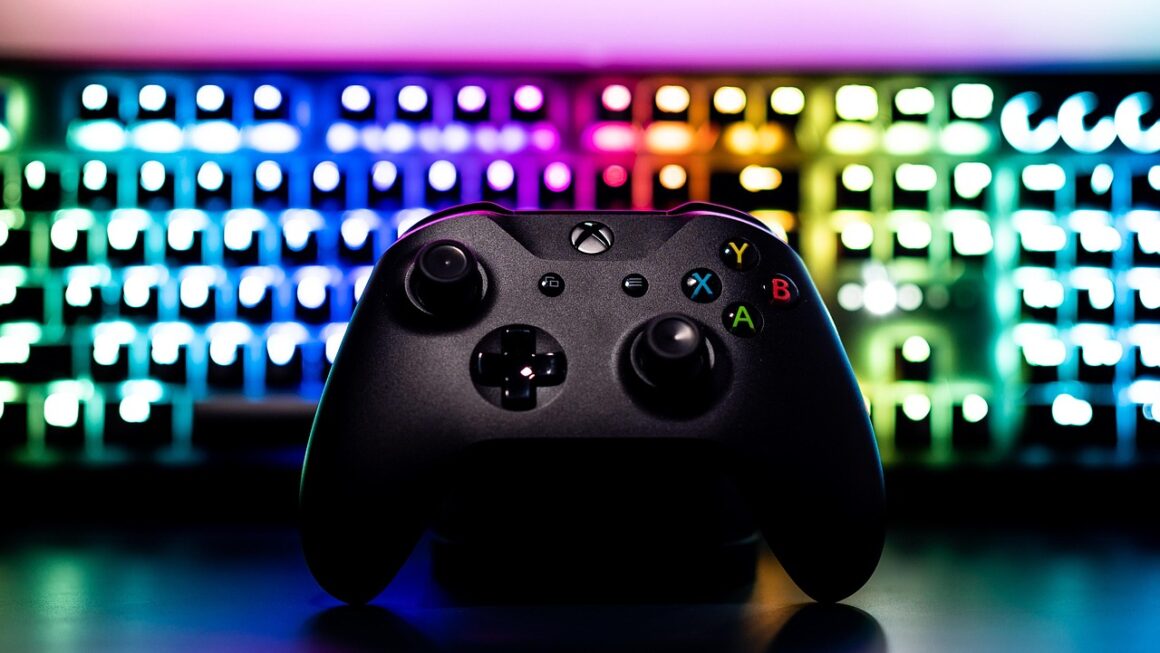Cloud gaming has revolutionized how we access and enjoy video games, moving away from traditional consoles and PCs towards a streaming model. Imagine playing the latest AAA titles on your smartphone, tablet, or even a low-powered laptop, without needing to download massive files or invest in expensive hardware. This is the promise of cloud gaming, and it’s quickly becoming a reality for millions of gamers worldwide. This post will explore the ins and outs of cloud gaming, including its benefits, challenges, and leading platforms.
What is Cloud Gaming?
The Core Concept
Cloud gaming, also known as gaming on demand, allows users to stream video games directly to their devices over the internet. Instead of running the game on local hardware, the game is processed on remote servers, and the video and audio are streamed to the user’s screen. Input from the user is sent back to the server, creating a seamless and interactive gaming experience. Think of it like streaming a movie, but with real-time interactivity.
How it Works
The process typically involves:
- Game Rendering: The game runs on powerful servers in a data center.
- Video Encoding: The server encodes the game’s video and audio into a streaming format.
- Data Transmission: This encoded data is sent to the user’s device via the internet.
- User Input: User input (controller, keyboard, mouse) is sent back to the server in real-time.
- Device Decoding: The user’s device decodes the video and audio stream and displays it on the screen.
Key Technologies Involved
Several key technologies enable cloud gaming:
- Powerful Servers: Data centers equipped with high-end GPUs and CPUs are essential for running games smoothly.
- Low-Latency Networking: Minimizing latency is critical for a responsive and enjoyable gaming experience. Technologies like edge computing and advanced network protocols are employed to reduce lag.
- Video Encoding/Decoding: Efficient video codecs (like H.265/HEVC or AV1) are used to compress and decompress the video stream without significant quality loss.
- Cloud Infrastructure: Robust and scalable cloud infrastructure ensures reliability and availability of the gaming service.
Benefits of Cloud Gaming
Accessibility and Convenience
- Play Anywhere, Anytime: Access your favorite games on a variety of devices, including smartphones, tablets, laptops, smart TVs, and dedicated streaming devices.
- No Downloads or Installations: Say goodbye to lengthy downloads and installations. Games are streamed instantly.
- Instant Access to a Library of Games: Many cloud gaming services offer a vast library of games that can be accessed with a single subscription.
- Example: Playing a graphically demanding game like Cyberpunk 2077 on your Android phone while commuting to work.
Cost Savings
- Reduced Hardware Costs: No need to invest in expensive gaming PCs or consoles. Cloud gaming allows you to play high-end games on less powerful devices.
- Subscription-Based Model: Pay a monthly or yearly subscription fee instead of purchasing individual games. Some services also offer free tiers with limited access.
- Eliminate Game Storage Concerns: No need to worry about storage space on your device, as games are stored on remote servers.
Enhanced Gaming Experience
- Access to High-End Graphics: Enjoy games with high-resolution graphics and smooth frame rates, even on lower-end devices.
- Automatic Updates: Games are automatically updated on the server-side, ensuring you always have the latest version.
- Cross-Platform Compatibility: Some cloud gaming services allow you to play games with friends on different platforms.
Challenges and Limitations
Latency and Network Requirements
- Stable Internet Connection: Cloud gaming requires a stable and fast internet connection. High latency can result in lag and a poor gaming experience. A minimum internet speed of 15-25 Mbps is typically recommended for a smooth experience.
- Geographical Limitations: The proximity to data centers can impact latency. Users located far from data centers may experience higher ping times.
- Example: Experiencing noticeable input lag while playing a fast-paced action game due to a poor internet connection.
Game Availability and Licensing
- Limited Game Selection: Not all games are available on cloud gaming platforms. Licensing agreements and publisher support can limit the available game library.
- Subscription Model Dependence: Access to games is often tied to an active subscription. If you cancel your subscription, you lose access to the games.
- Ownership Concerns: You don’t own the games you play on cloud gaming services; you’re essentially renting them.
Technical Issues and Dependencies
- Server Outages: Cloud gaming services are susceptible to server outages, which can disrupt gameplay.
- Platform Compatibility: Some cloud gaming services may not be compatible with all devices or operating systems.
- Dependence on Service Providers: You are reliant on the service provider’s infrastructure and performance.
Leading Cloud Gaming Platforms
NVIDIA GeForce NOW
- Features: Offers a variety of subscription tiers, including a free tier with limited access. Supports a wide range of games from Steam, Epic Games Store, and other platforms. Allows users to stream games they already own.
- Pricing: Free (limited session length), Priority ($9.99/month), Ultimate ($19.99/month)
- Device Compatibility: PC, Mac, Android, iOS (via Safari), Smart TVs (LG, Samsung), NVIDIA SHIELD TV.
Xbox Cloud Gaming (xCloud)
- Features: Integrated with Xbox Game Pass Ultimate. Offers a vast library of games, including Xbox exclusives. Seamlessly switch between playing on console and streaming on other devices.
- Pricing: Included with Xbox Game Pass Ultimate ($16.99/month).
- Device Compatibility: Xbox consoles, PC, Android, iOS (via browser).
PlayStation Plus Premium
- Features: Includes cloud streaming access to a selection of PlayStation games from PS1, PS2, PS3, and PS4 eras. Provides a large library of classic and newer titles.
- Pricing: Part of PlayStation Plus Premium tier ($159.99/year).
- Device Compatibility: PlayStation consoles (PS5, PS4) and PC.
Amazon Luna
- Features: Offers multiple channels, each with a different selection of games. Integrates with Twitch for streaming gameplay.
- Pricing: Luna+ ($9.99/month), various channel subscriptions (Ubisoft+, Jackbox Games, etc.)
- Device Compatibility: PC, Mac, Fire TV, Android, iOS (via browser).
Optimizing Your Cloud Gaming Experience
Network Optimization
- Use a Wired Connection: Connect your device directly to your router using an Ethernet cable for a more stable and reliable connection.
- Prioritize Gaming Traffic: Configure your router’s Quality of Service (QoS) settings to prioritize gaming traffic.
- Minimize Network Congestion: Avoid downloading large files or streaming video on other devices while gaming.
- Test Your Internet Speed: Use online speed tests to verify your internet speed and latency.
Hardware and Software Configuration
- Use a Supported Controller: Use a compatible controller for the best gaming experience. Many cloud gaming services support Xbox, PlayStation, and other popular controllers.
- Update Device Drivers: Ensure your device’s graphics drivers and operating system are up to date.
- Adjust Streaming Settings: Experiment with different streaming settings (resolution, frame rate) to find the optimal balance between visual quality and performance.
Choosing the Right Service
- Consider Game Selection: Choose a cloud gaming service that offers the games you want to play.
- Evaluate Pricing and Subscription Models: Compare the pricing and subscription models of different services to find one that fits your budget.
- Check Device Compatibility: Ensure the cloud gaming service is compatible with your preferred devices.
- Read Reviews and Testimonials: Research user reviews and testimonials to get an idea of the service’s performance and reliability.
Conclusion
Cloud gaming is transforming the gaming landscape by offering accessibility, convenience, and cost savings. While challenges remain in terms of latency and game availability, advancements in technology and infrastructure are continually improving the experience. As internet speeds increase and cloud gaming platforms expand their offerings, we can expect cloud gaming to become an increasingly mainstream way to play video games. By understanding the technology, benefits, limitations, and optimization techniques, you can make the most of this exciting new era of gaming. It’s recommended to explore the various platforms, starting with free trials where available, to find the one that best suits your needs and preferences.




